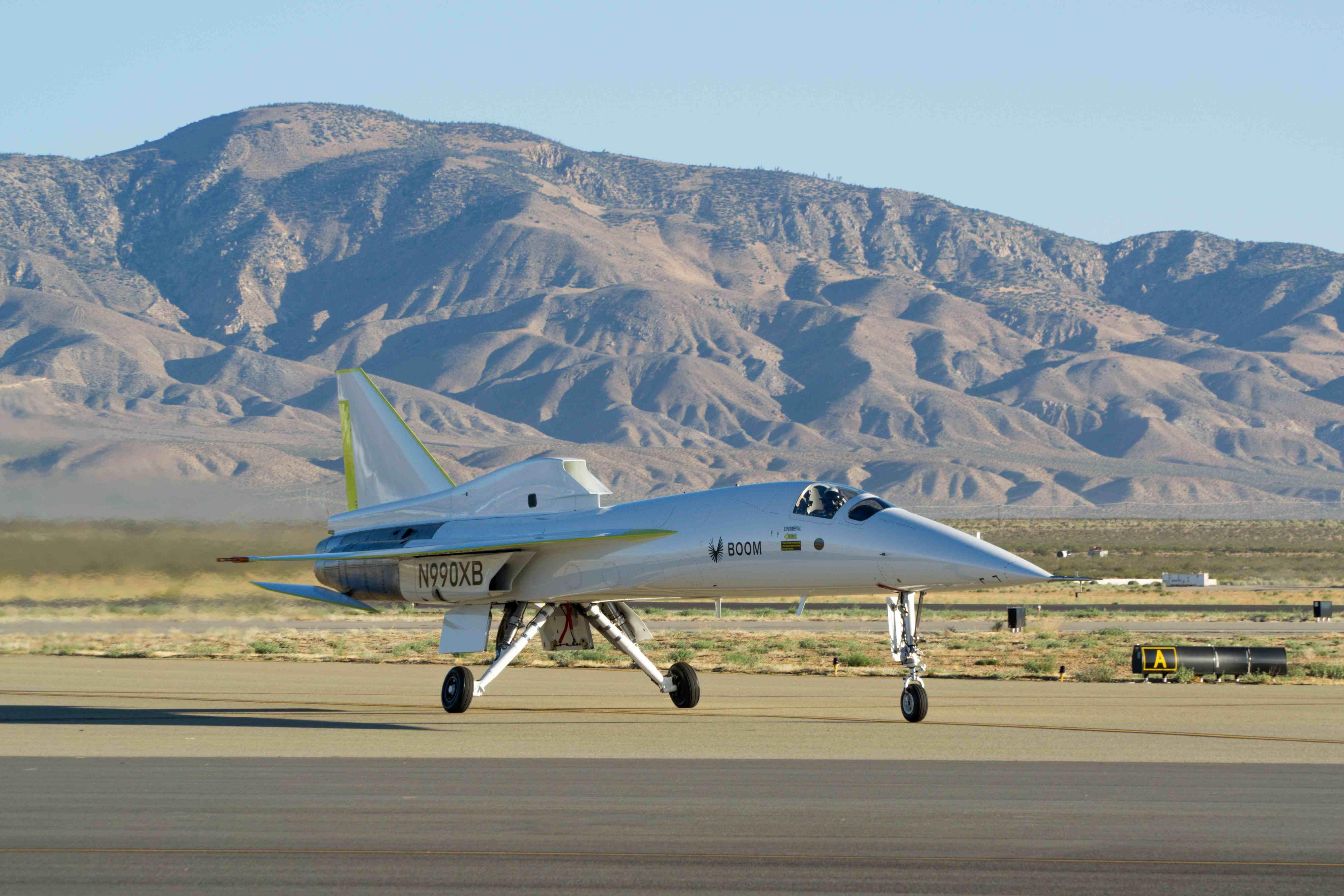
Credit: Boom Supersonic
Boom Supersonic has received an FAA experimental certificate of airworthiness for its XB-1 technology demonstrator, clearing the way for flight testing to get underway at Mojave Air and Space Port, California. The FAA’s permit to fly the 71-ft.-long, delta-winged aircraft comes as Boom begins high...
Subscription Required
This content requires a subscription to one of the Aviation Week Intelligence Network (AWIN) bundles.
Schedule a demo today to find out how you can access this content and similar content related to your area of the global aviation industry.
Already an AWIN subscriber? Login
Did you know? Aviation Week has won top honors multiple times in the Jesse H. Neal National Business Journalism Awards, the business-to-business media equivalent of the Pulitzer Prizes.





